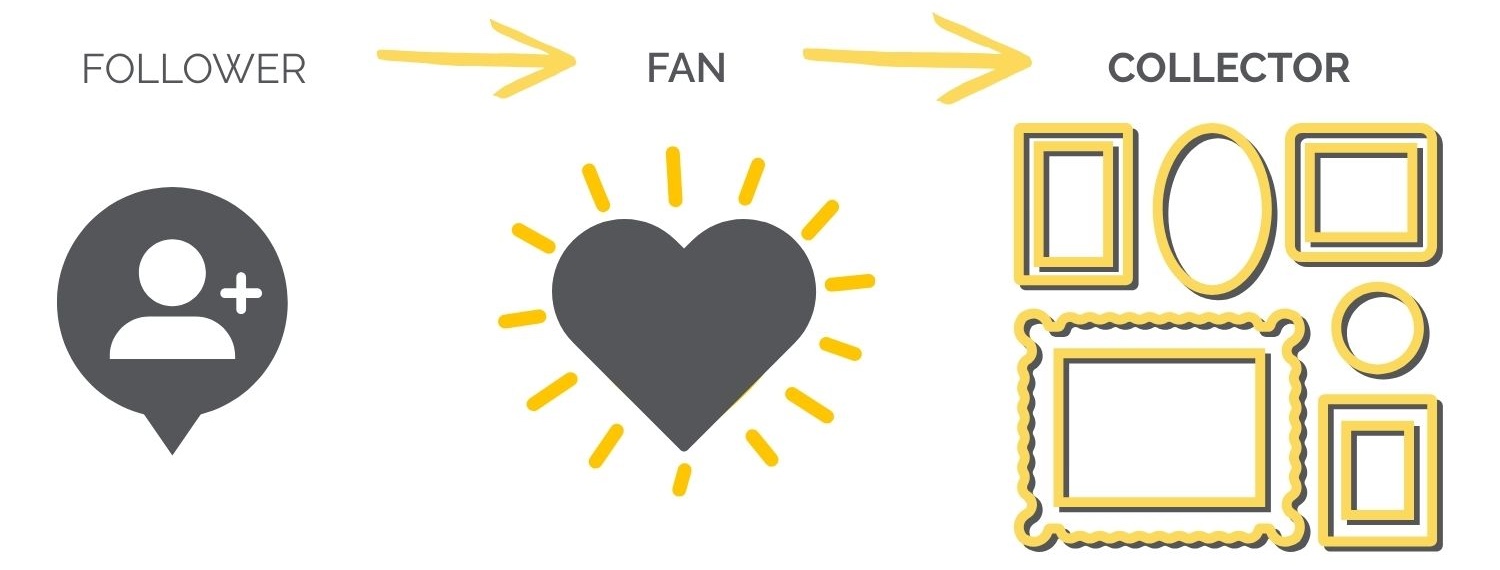Oh, boy. We’re on a roll now with this Ethics thing. Today: organizing a juried exhibit ethically. Here are some thoughts on how the exhibit organizer or venue should behave ethically.
1. List the juror or jurors by name and outline their qualifications.
2. Make sure jurors are not swayed by any ties to the organization or organizer.
3. If you ask for entry fees, make them reasonable and be sure they contribute to the organizing of the exhibit. If it’s a fundraiser for the organization, state the facts and where the money is going.
4. If any group of artists is given priority (such as members), disclose why and how.
5. If anything changes from the original entry form, inform those who have already applied and post a corrected version on the Web site. (For example, applicants need to know if a promised catalog isn’t going to happen.)
6. Outline the financial responsibility, if any, for those who are accepted.
7. If it’s possible that a work can be rejected upon seeing it in person, say so.
This is just a start. I think I could spend weeks on this list. Help me out here. Leave your thoughts and dilemmas in the comments below.
It’s not just the venue that is ethically responsible to exhibiting artists, but artists must also practice good ethics when exhibiting art.




14 thoughts on “Ethics and Juried Exhibitions”
Great going on this whole “Ethics thing”. I especially liked your thoughts on jury fees. (I have a bone to pick with so many galleries and their entry fee policies!) If most galleries stood firmly on these guidelines, perhaps I wouldn’t have stopped doing juried shows ages ago. “You want me to pay $55 to have some no-name artist with zero credentials decide whether or not my work is good enough for your show? No thanks.” So many artists throw good money after bad on Entry/Jury fees, when the money would be better spent on something that would actually advance their career in some way. Grrrrr!
Just goes to show how trusting I am. I always ASSUME that jurors are all of the above, while at the same time realizing that these shows are often completely funded by the jury fees.
I whole heartedly agree with point #2(Make sure jurors are not swayed by any ties to the organization or organizer.) We had an exhibit in the region recently…judged by a juror who works in the art center (on a non-official basis). The curator and assistant curator received the money awards. (they entered)
It’s not the fact the the shows are funded by the jury fees, but the fact that the organizations are really fund raising for themselves is what bothers me. Also promising an opportunity to an entrant that this is an opportunity to advance their art, but having no intention of giving the opportunity to a non-member artist. False pretenses – how unethical!
I’d add: State the date and manner of (letter, email, etc.) notification of artists’ application status will be given, and stick to it. and, Wherever possible, give reasons for rejection of an artist’s work. I know most organizations say they cannot do this, but I believe it’s not that they can’t, it’s that they won’t take the time. A few words of encouragement, where appropriate and concrete reason(s) for the rejection will go a long way toward creating a positive impression of your show in the artist’s mind.
I sure wish I read this the day I got rejected recently. I know that it worked out for the best but looking back now tells me that I should not apply to the event in the future. I definitely will be very careful about applying to any juried shows or groups for that matter. Sometimes it is all about elitism, money, power, and not about art at all…
“5. If anything changes from the original entry form, inform those who have already applied and post a corrected version on the Web site.” I think this is something that juried exhibitions should be very careful with. A separate division was added to a show I had entered, and it felt like the rules were changed in the middle of the game. I believe that–barring catastrophe–the information on the entry form should be sacrosanct.
Some great comments! We have a local show in my area that in the application, asks for you to check juried or non-juried status. (It is a juried art festival.) In my response to the post-show evaluation, I have asked for the show organizers to explain the criteria upon which juried artists are judged, and to have this outlined on ZAPP in the show rules so that artists who apply will know what this means. Thanks, Alyson, for bringing up this topic!
I too could speak on this issue for days. I have sat with jurors for regional shows and at times it has been obvious, they pick the work of artists they know in the area. I have entered countless shows that don’t abide by their own calendar. I will be waiting for the answer and find out they haven’t even started the jury process (which was supposed to take place weeks before). One time, I saw the show online before I got my rejection notice. Oh that was fun! (Tacky) I think my biggest pet peeve is when the prospectus outlines everything RIGHT, but doesn’t hold true to the promises. For example, I have been stiffed a couple of times. One time, the curator begged for EXTRA donations for postcard printing. Like a good citizen (sucker), I sent twice the donation amount. It was a good cause! The deal was the people who donate extra will be given extra cards. Well, I think she ate the money. I didn’t even get ONE card. I pitched a fit, but it didn’t matter. Another time, a gallery broke one of my sculptures. Since the gallery was a non-profit with no insurance, when I went to pick it up, everyone just stood there and shrugged their shoulders at me. The fees for juried shows are going through the roof. I have slowed down entering because it has become too much like playing the tables in Las Vegas. Artists can’t afford to gamble to the extent the galleries seem to think they can. Once you add the cost to make the work, enter the show, and ship the work, it is very difficult to profit even if the work does SELL. I am holding back for a while. I can’t see the point.
All: You have given me even more to think about. It’s clear there is a huge level of frustration with certain juried exhibits. At the same time, I know there are many good ones. I might also add that juried exhibits should disclose who is ultimately in charge (who is in charge of the day-to-day operations). If it’s decision by group, I’d hesitate entering. Decisions by groups are usually nightmares. I’d look for a paid staff person that is responsible to a board. Look for this topic to continue in this week’s Deep Thought Thursday post.
Here in Spain there are many competitions, in small towns and big cities, are held throughout the year and throughout the country. There are honest and there are rigged in the forums of art artists inform us of what is serious and which not. In Spain there is no custom of putting rates to compete, are free
Ana: Interesting. Good that you’re able to tell which are legitimate. And great that they’re free!
Years ago, I started following three criteria when deciding if I should apply to a show: If the theme seemed like a sure fit for my work; if the venue or regional area was one that might be a good fit for my work; and if the juror was someone whom I wanted to see my work (they own/represent a another gallery I’ve targeted, or they curate other shows.) I never expect to win prizes or make money from a sale–that would be gravy, but it’s not why I apply. I believe I’d have to have a strong following in place for that to happen. I want to take advantage of the other agenda many venues and jurors have when it comes to these exhibits: They want to see what new work and what new artists are out there. I consider my entry fee to be a small price to have my work seen by someone pivotal. Rejection can be for many unfair reasons. But sometimes, it’s simply this: A show is expected to have some kind of cohesive element–theme, style, narrative, etc. It’s possible that superior work that doesn’t fit or blend well with the theme, or with the artwork available, will still not be juried in. A friend was miffed once when her beautiful pottery was not accepted into a show. Until she saw the show. The juror had selected a cohesive body of mostly light-colored pottery. Her dark glazes would have been a jarring note. I do agree with everyone who says jury procedures should be fair, consistent, timely, and accessible. It could save a lot of pain and trouble for artists!
Pingback: Deep Thought Thursday: Do we need juried exhibits? — Art Biz Blog